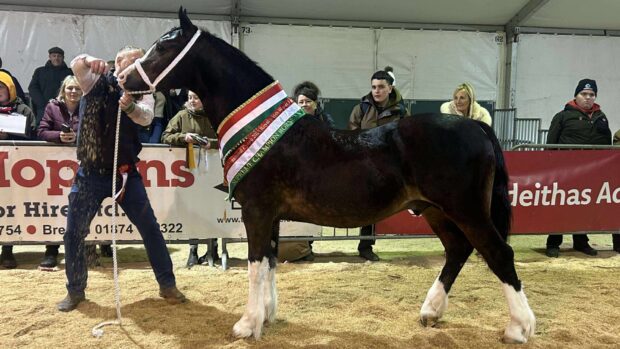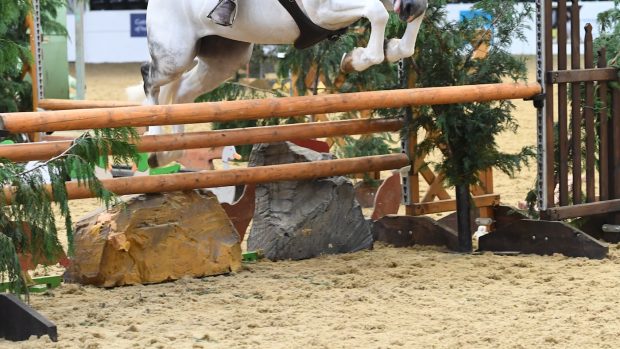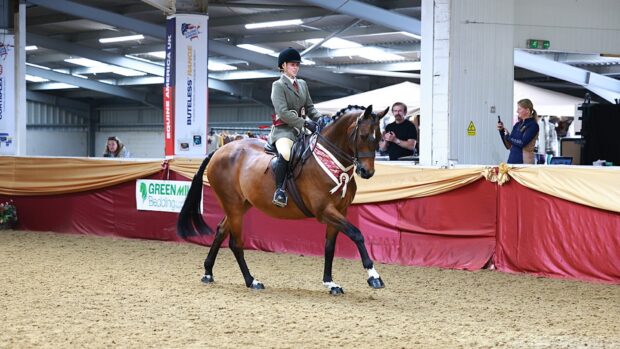Expert advice from HORSE magazine on the correct bits for affiliated riding horse classes
Q: I have a 15.2hh, _ Thoroughbred gelding who goes beautifully in a snaffle and flash noseband. I’ve been told his conformation and movement are good enough for him to do well in affiliated riding horse classes, but I would have to ride him in a pelham or double bridle.
As my main interest is dressage, I’m reluctant to swap bridles in case it leads to problems. Why should I be penalised for using a milder, simpler bridle?
Lynn Russell replies: If you show your horse in novice classes, then British Show Hack, Cob and Riding Horse Association rules state he may be shown in a snaffle – though you will find most people opt for a pelham or double bridle.
If you show him in open classes, a bridle with double reins, in other words, some form of pelham or double, is correct.
Thereis nothing to stop you showing your horse in a snaffle in an open class, but you may find you are told your turnout is incorrect.
You may also find that a horse that goes beautifully and under control on its own in a snaffle, may not be thesame when it is in a show ring with 20 others!
However, I do not agree that a snaffle is always mildest. If you have good hands, a pelham is often kinder and most horses like it.
If your horse doesn’t like an unjointed mouthpiece, why not use a pelham with a single-jointed [pictured] or French link mouthpiece?
If you do opt for a pelham, take advice from an experienced showing person on choosing, fitting and riding with double reins.
Read more about showing:



